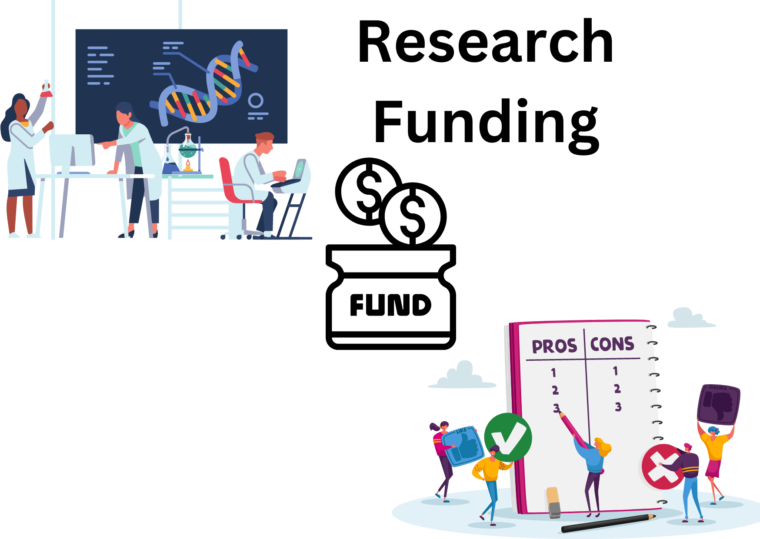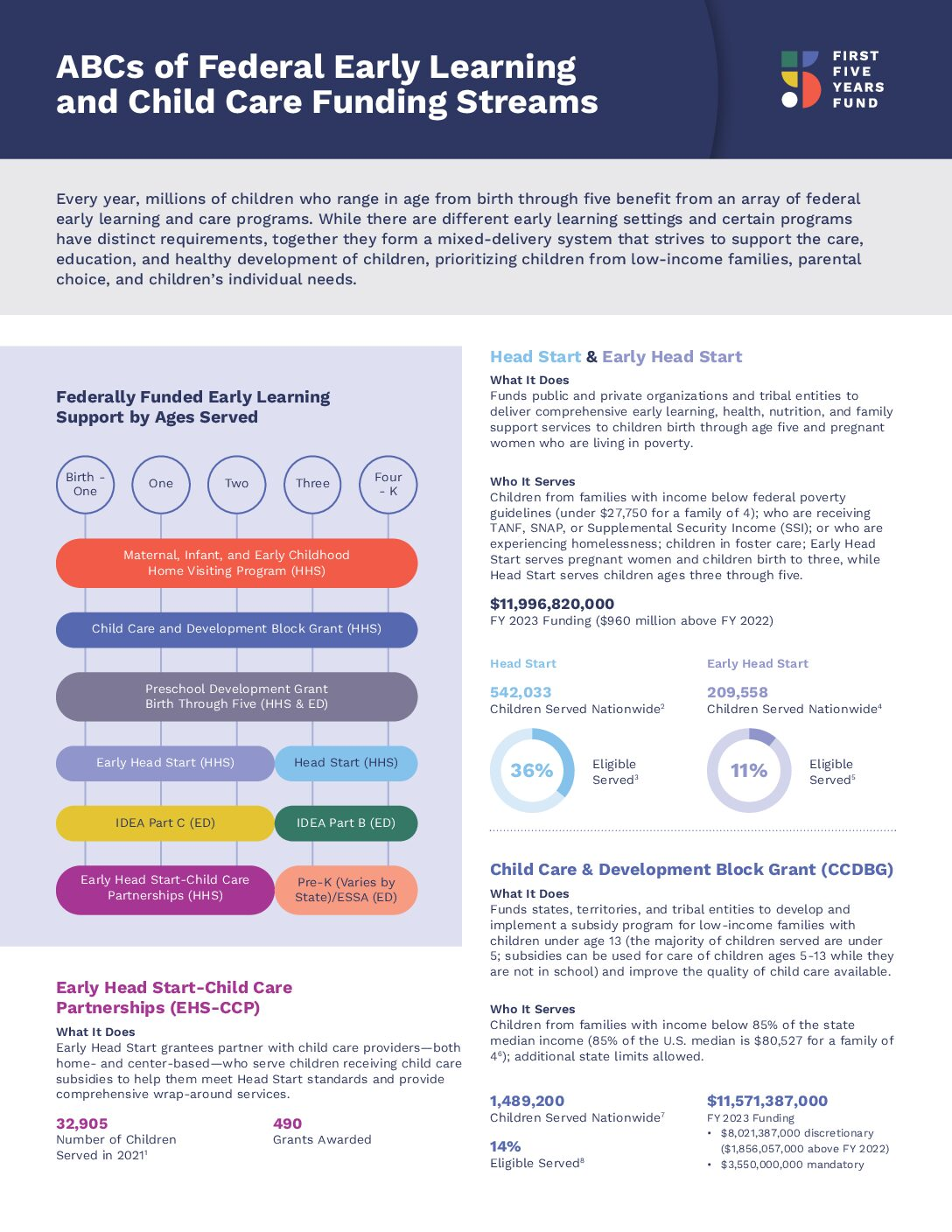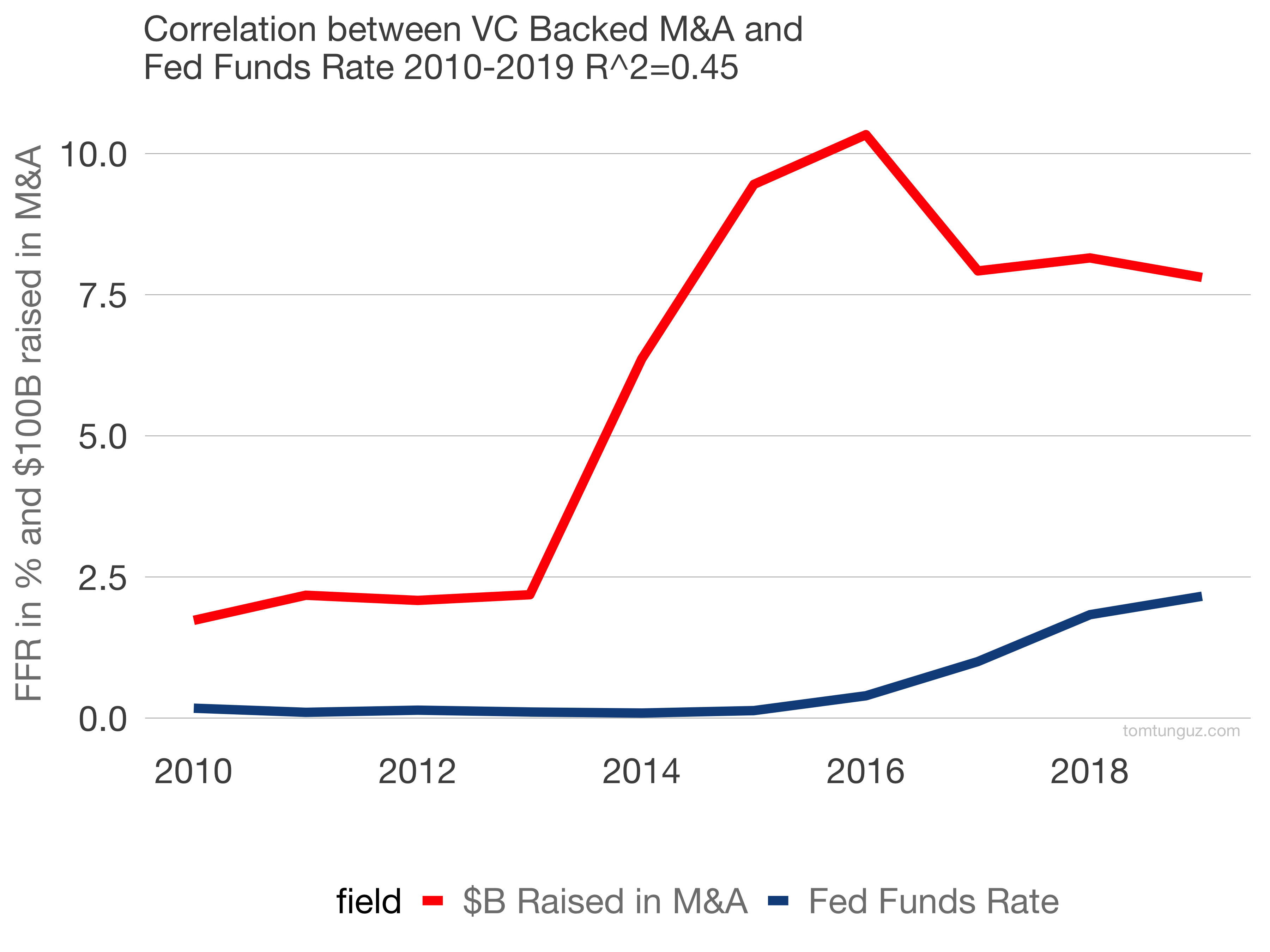Research funding impact is crucial not only for the advancement of scientific knowledge but also for driving U.S. economic growth. In recent years, initiatives such as Harvard’s substantial research funding have been pivotal in fostering entrepreneurship and startups. However, disruptions, like the recent NIH funding freeze, threaten to undermine this ecosystem of innovation. As highlighted by economic studies, for every dollar invested in federal biomedical research, there is a $2.56 return in U.S. economic activity, underscoring the importance of maintaining robust research funding. Without addressing these challenges, the landscape of scientific innovation may face significant setbacks.
The consequences of funding allocations in research extend far beyond the academic realm; they significantly influence the broader entrepreneurial landscape. Financial backing for scientific exploration acts as a catalyst for the emergence of new businesses and technological advances. When we examine the landscape of entrepreneurship and startups, it becomes clear that adequate fiscal support is essential for nurturing talent and fostering cutting-edge developments. Therefore, the ongoing debate surrounding government grants and allocations affects not only research institutions but also the future of economic vitality in the United States. As the tension between institutions and policy continues, the innovation pipeline hangs in the balance.
The Crucial Role of Research Funding in U.S. Economic Growth
Research funding serves as a foundational pillar of economic growth in the United States, particularly through its direct impact on innovation and entrepreneurship. Recent analyses indicate that cuts to federal funding, such as the recent NIH funding freeze, can lead to significant declines in gross domestic product (GDP). As highlighted by American University’s economists, even a modest reduction of such funding can shrink GDP by nearly 4%, posing risks akin to those experienced during the 2008-2009 Great Recession. This decline emphasizes the essential role federal investment plays in sustaining economic vitality and progress in scientific innovation.
Moreover, research funding acts as a catalyst for new startups, particularly in high-tech and biomedical sectors. The infusion of capital into research initiatives not only supports the development of cutting-edge technologies but also nurtures the entrepreneurial ecosystem that relies on these innovations. Without adequate financial backing, the potential for new ventures decreases significantly, underscoring the systemic link between research funding and the broader economic landscape. When universities, like Harvard, face funding cuts, the ripple effects are felt across the startup network, stifling future economic opportunities.
Impact of Disrupted Research on Entrepreneurship
The interplay between research funding and entrepreneurship is intricate and vital for the U.S. economy. Research universities like Harvard serve as incubators for aspiring entrepreneurs, particularly through their innovative labs and entrepreneurial curriculum. When research funding is disrupted, as we’ve seen with the current cuts, the influx of new ideas and startups diminishes. This potential loss presents long-term consequences for not only the individuals involved but also for the innovation landscape at large. Initiatives that once could have developed into successful businesses may now fail to materialize due to a lack of necessary resources and support.
Additionally, the effects of disrupted research can have a cascading impact on future generations of entrepreneurs. The educational framework established at top institutions includes an emphasis on entrepreneurship, enabling students and faculty to forge connections and collaborate towards creating viable business models. When funding is unavailable, fewer students can take advantage of these programs, limiting their exposure to key entrepreneurial opportunities. Thus, the long-term effects on startups and the overall economy can be substantial, paving the way for a downturn in homegrown innovation.
Navigating the Future of Innovation Amid Funding Cuts
The future of innovation in the wake of funding cuts remains uncertain. With organizations like NIH halting grant approvals and financial assistance, the research community is forced to adapt quickly. While short-term impacts are already visible, such as hiring freezes and canceled initiatives, the true ramifications will unfold over the next few years. The lag time between research development and marketable business entities means that today’s funding freezes will create a scarcity of new startups and economic contributions in the medium term.
Looking ahead, researchers and entrepreneurs may find alternative funding sources necessary for bridging the gap caused by federal cuts. Venture capital firms and private investors could play a more significant role in funding innovation, but they may not fully replace the breadth of resources provided by government funding. The wealth of economic activity generated per dollar invested in research industries indicates the importance of reviving federal support to foster sustainable growth for future entrepreneurs.
Leveraging University Resources for Startups
Universities like Harvard hold substantial resources capable of nurturing startups and driving innovation. Their diverse labs, cutting-edge research initiatives, and dedicated entrepreneurship programs offer a pathway for translating academic discoveries into commercial ventures. The commercialization of scientific breakthroughs not only enhances entrepreneurship but also accelerates the pace at which innovations reach the market. However, without adequate funding, the ability to leverage these resources effectively diminishes.
Furthermore, as faculty and students engage in entrepreneurial activities, the presence of supportive frameworks—such as incubators, accelerators, and technology transfer offices—becomes increasingly crucial. These structures provide mentorship, funding opportunities, and guidance necessary for navigating the intricate landscape of launching a startup. Capital cuts restrict these valuable connections and resources, ultimately stalling the development and growth of potential startups that typically arise from rigorous academic environments.
Responding to the NIH Funding Freeze
The NIH funding freeze marks a significant disruption in the research ecosystem, with immediate and far-reaching implications for both science and entrepreneurship. Given that NIH grants often serve as a crucial source of capital for groundbreaking research, the halt in funding can lead to stifled innovation at a critical juncture. As ongoing studies get halted and new projects sidelined, we may witness a decline in the pipeline for transformative health solutions and technologies.
In response to this freeze, it’s essential for researchers and educational institutions to explore alternative funding avenues. This could mean expanding partnerships with private sector companies or utilizing philanthropic funds to bridge the financial gaps. Reinforcing the momentum of scientific research is vital not just for the pursuit of knowledge but also for ensuring the continuity of entrepreneurial ventures that rely on such innovations for their genesis and growth.
Understanding the Economic Impact of Research Advances
The economic impact of advances in research is profoundly significant, particularly in sectors such as biotechnology and technology. Each dollar spent on scientific research often yields substantial returns by fueling economic activity and creating job opportunities. For instance, studies show that every federal dollar invested in biomedical research translates to approximately $2.56 in economic activity. Such findings underscore the interconnectedness of research funding and broader economic growth, reinforcing the argument for robust investment in scientific innovation.
In times of fiscal restraint, it is critical to continue advocating for sustained or increased funding for scientific research. As cutting-edge discoveries lead to advancements in treatment methods, health care efficiencies, and technological innovations, the downstream economic benefits provide a compelling rationale for investment. Policymakers must recognize that cutting funds not only jeopardizes immediate research outcomes but also risks the long-term economic trajectory fueled by innovation.
The Entrepreneurial Curriculum: Cultivating Future Innovators
A significant aspect of nurturing entrepreneurship lies in the curriculum offered at leading academic institutions. Harvard Business School, for instance, provides an expansive entrepreneurship curriculum designed to equip students with the skills and mindset needed for successful business ventures. This educational infrastructure is paramount in cultivating a new generation of innovators who can leverage research findings for entrepreneurial success. However, when research funding declines, it can hinder the practical applications of that curriculum, reducing hands-on opportunities for students.
Furthermore, a strong entrepreneurial curriculum fosters a culture of innovation and creativity among students, encouraging them to think critically about transforming ideas into viable business models. As students engage in projects and collaborate with faculty on research initiatives, they learn to navigate the startup landscape effectively. These experiences are invaluable, as they prepare future entrepreneurs to address real-world problems with innovative solutions, ultimately contributing to U.S. economic growth.
Federal Research Funding: A Catalyst for Startup Success
Federal research funding serves as a catalyst for startup success, providing the necessary resources to translate academic research into viable market solutions. This funding often fuels crucial early-stage research that can lead to groundbreaking discoveries. In the absence of this funding, as seen with the NIH funding freeze, startups may struggle to reach the commercial potential of their innovations, ultimately hindering progress within key industries.
The link between federal funding and startup growth becomes even more pronounced in fields heavily reliant on scientific advancements, such as health tech and clean energy. Startups emerging from university research often draw upon the foundational research funded by federal grants, and the absence of these funds can stifle the necessary development processes. Consequently, revitalizing a focus on research funding becomes imperative for ensuring the sustainable success of future startups and the economic health of the nation.
The Intersection of Policy and Research Funding
The intersection of policy and research funding highlights the critical role governmental support plays in fostering innovation and economic stability. Recent initiatives focusing on regulatory reviews of funding allocations pose significant threats to robust research agendas at prestigious institutions like Harvard. This trend could not only disrupt ongoing initiatives but also create a climate of uncertainty that may deter prospective entrepreneurs from pursuing innovative paths.
Furthermore, public policy decisions surrounding research funding can profoundly shape the entrepreneurial landscape. Effective policies should promote increased investment in scientific research and support mechanisms that bridge academic discoveries with commercial viability. By emphasizing the importance of sustained research funding, policymakers can cultivate an ecosystem in which innovation thrives, ensuring that the future of U.S. entrepreneurship remains bright.
Frequently Asked Questions
What is the impact of Harvard research funding on U.S. economic growth?
Harvard research funding plays a crucial role in U.S. economic growth by serving as a catalyst for innovation and entrepreneurship. According to recent studies, for every dollar invested in federal biomedical research, there is a return of $2.56 in economic activity. This strong return highlights the importance of sustained research funding for fostering new startups and enhancing the overall economy.
How does a freeze on NIH funding affect scientific innovation?
A freeze on NIH funding significantly hampers scientific innovation by disrupting ongoing research projects and delaying the development of new technologies. Lack of funding can lead to canceled initiatives and stalled projects, resulting in fewer breakthroughs being brought to market. This ultimately slows down the progression of startups that depend on NIH-funded research for their foundational technologies.
In what ways do research universities impact entrepreneurship and startups?
Research universities, like Harvard, impact entrepreneurship and startups by providing rich ecosystems for innovation. They offer resources such as technology licensing offices, venture capital connections, and an entrepreneurial curriculum that prepares students and faculty for company creation. This comprehensive support fosters an environment where scientific discoveries can translate into viable business ventures.
Why is federal funding critical for tech and biomedical startups?
Federal funding is essential for tech and biomedical startups as it enables research institutions to develop groundbreaking technologies. Increased funding leads to better-equipped labs, which generate innovative ideas that can evolve into successful commercial applications. Additionally, extensive federal support attracts top talent, fostering a vibrant startup culture driven by cutting-edge research.
What potential economic effects can arise from cuts to research funding at universities?
Cuts to research funding at universities may lead to significant economic repercussions, including a potential shrink of the GDP by as much as 3.8%. Such reductions can decrease the generation of innovative startups and disrupt the entrepreneurial ecosystem, ultimately impacting job creation and technological advancements that contribute to overall economic health.
How does research funding relate to the creation of promising startups?
Research funding is directly linked to the creation of promising startups, as it fuels the innovation pipeline necessary for successful business formation. When funding is abundant, research labs can generate new ideas and technologies, which aspiring entrepreneurs can commercialize. Conversely, a lack of funding decreases the likelihood of nurturing the next wave of successful companies.
What measures can be taken to reverse the negative impacts of research funding cuts?
To reverse the negative impacts of research funding cuts, it is essential to restore government support for research initiatives. Programs that can be implemented include increasing federal funding allocations, fostering partnerships between universities and the private sector, and encouraging venture capital investment in research-driven startups. These measures can help reignite the innovation engine that drives economic growth.
| Key Point | Details |
|---|---|
| Funding Cuts Impact | Harvard faces a freeze of over $2 billion in research funding, significantly affecting innovation. |
| Economic Consequences | Potential GDP shrinkage of 3.8% if threats to funding materialize, similar to the 2008 recession. |
| Role of Research Universities | Universities bridge faculty and student ideas with startups, fostering innovation. |
| Long-Term Impact | Ongoing funding freeze affects future startups; medium- to long-term consequences expected. |
| Hope for Recovery | Reversal of damage possible, but effects may take 1-3 years to manifest. |
Summary
The impact of research funding on innovation and the economy is undeniable, with the recent funding cuts posing significant risks to U.S. economic growth. The disruption of over $2 billion in research grants at Harvard exemplifies this threat and highlights the delicate relationship between academic institutions, entrepreneurship, and the broader economy. As startups and technological advancements hinge on robust research funding, the looming budgetary constraints could have lasting implications for the entrepreneurial landscape in the U.S. By understanding the importance of research funding, stakeholders can work towards mitigating these effects and nurturing the future of innovation.



